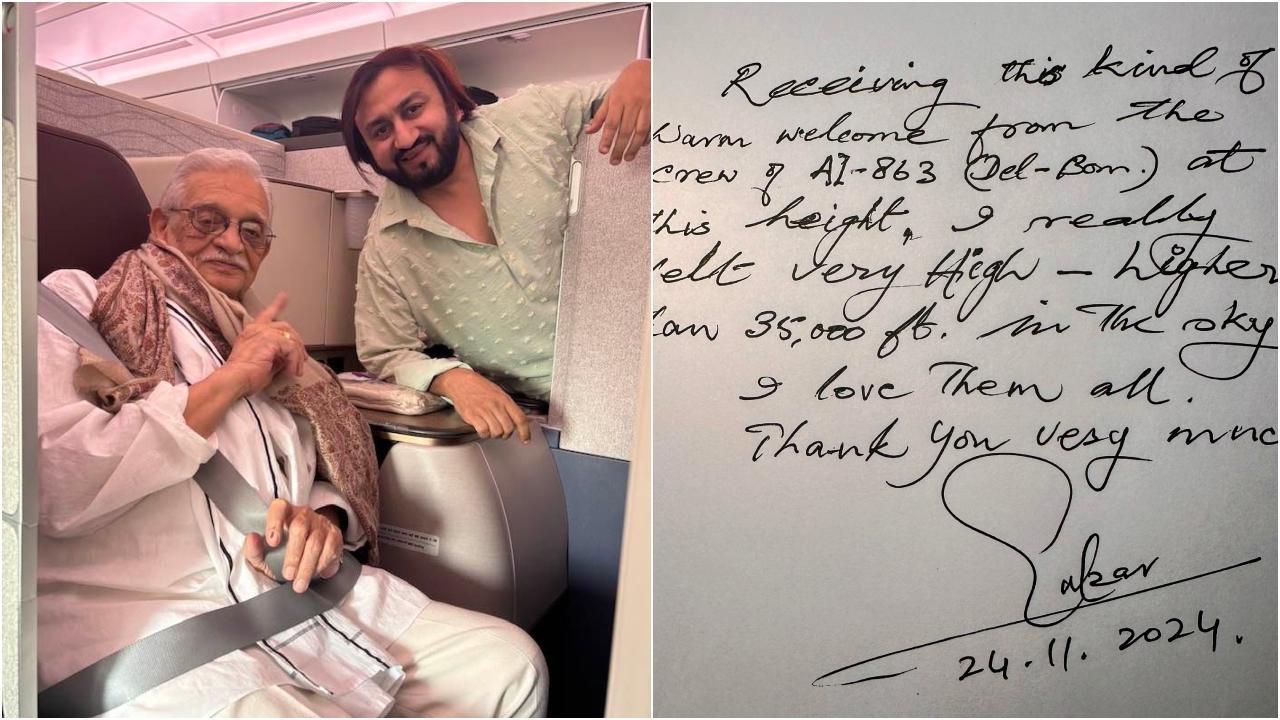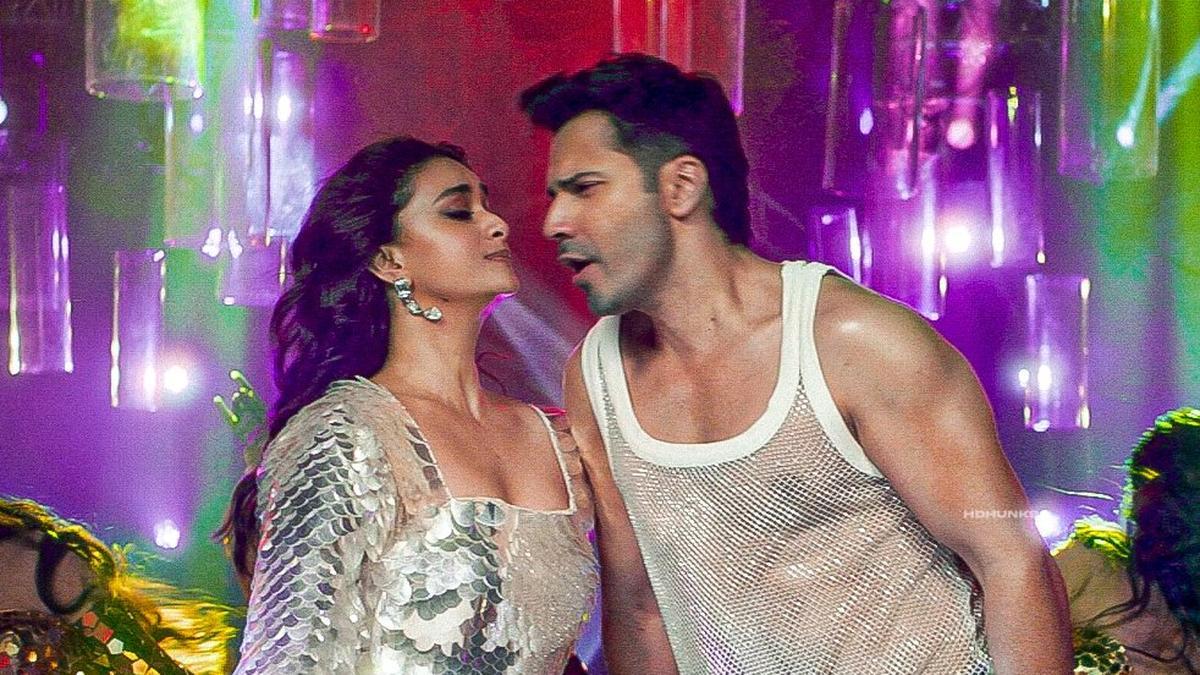
Indian cricket finds itself at a crossroads as it grapples with a significant setback: pacer Mohammed Shami’s ongoing struggle with injuries. The star fast bowler has been absent from competitive cricket since November 2023, after playing through an ankle injury during the ODI World Cup. Closing in on a critical test series against Australia, which is just a month away, Shami’s fitness issues continue to be a major concern for the team management.
On the eve of India’s opener against New Zealand in Bengaluru, skipper Rohit Sharma provided an update on Shami’s condition, revealing an unexpected complication in his recovery—a swelling in his knee, which emerged just as the bowler was nearing full fitness. This development has further delayed his rehabilitation, leaving the team in a lurch about his availability for the vital series down under.
“We are hopeful, yet cautious,” expressed Sharma. “More than anything, our priority is to ensure he is fully fit before any action; bringing an underprepared Shami to Australia would be a wrong move. Fast bowlers need consistent play to maintain match sharpness, and Shami, unfortunately, has been out of action for over a year.”
Shami’s importance to the team, particularly for a tour of Australia, cannot be overstated. His past performances in Australia speak volumes, with an impressive tally of 31 wickets in just eight Tests. His ability to exploit the bouncy pitches, hitting the deck hard and generating significant bounce, would have been a strategic advantage for India. Unfortunately, the delay in his recovery timeline has put his participation in the upcoming series in severe doubt.
As selectors mull over their options for a Shami substitute, the challenge becomes apparent—not just any pacer can fill a Shami-sized void. Sharma has disclosed that the management has around 8-9 bowling alternatives under consideration, but the task of selecting the right blend of skill, experience, and resilience is no small feat.
Reflecting on India’s memorable tour to Australia in 2020-21, when they famously breached the Gabba fortress despite losing key players to injuries, the current scenario might appear optimistic.
. However, the depth in the fast-bowling department back then saw India emerge victorious, with Mohammed Siraj, Shardul Thakur, and debutants like Navdeep Saini stepping up. Interestingly, except for Siraj, those replacements have now seen limited exposure in Test cricket.
The current pool of potential candidates includes Mukesh Kumar, Prasidh Krishna, Akash Deep, and Jaydev Unadkat. However, among these players, experience is a rarity—a stark contrast to Shami’s extensive track record. Prasidh Krishna, with his height, shows promise in generating bounce but faces his own battles with injuries and workload management.
Harshit Rana and Mayank Yadav, although included as reserves for the New Zealand series, bring little red-ball experience to the table. Both have been identified as future prospects through their performances in domestic T20 cricket, yet relying on them heavily in Australian conditions might demand too much too soon.
Veterans like Umesh Yadav and Ishant Sharma, both of whom bring substantial experience, especially in overseas conditions, remain on the fringes without definitive retirement announcements. Their wealth of knowledge and past experiences could be invaluable assets, but it remains uncertain if selectors perceive them as viable options for the impending challenge.
This predicament leaves the team management in a bind, aiming to balance the urgency of the current series with long-term development goals. Shami and Bumrah, when bowling in tandem, have had a formidable impact—a dynamic synergy noted by experts like Chetan Sharma. The absence of Shami, therefore, not only affects the team’s immediate performance but potentially dampens Bumrah’s potential impact as well.
In the backdrop of these complex choices lies a hopeful anticipation for Shami’s return. The focus remains firmly on ensuring his complete recovery, not just to regain his fitness but to protect a critical asset in India’s bowling arsenal for future engagements. As the clock ticks towards the Australia series, India must decide: Take a gamble on young rookies, revisit seasoned campaigners, or conjure a strategic mix—and hope that their ultimate choice replicates past successes in bridging a Shami-less venture.










